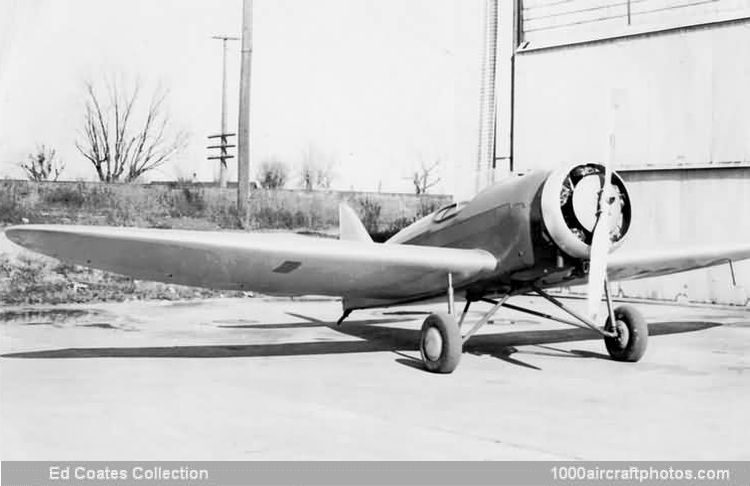61
Culver General Discussion / Re: slots in wings
« on: February 08, 2012, 11:02:53 PM »All light aircraft designed in this time period had to have slots. CAA test pilots would not get into an airplane with out slots.
In looking for single engine monoplanes certified in 1940 (same year as the Culver) and 1941, I'm finding only a few were certified with wing slots. The Howard DGA-15J, Ercoupe 415-C, Porterfield CP-65, Piper J-4F, Piper J-5A, and Aeronca 65-TC were all certified in 1940 without wing slots. The Rearwin 175 is the only other one I know of with wing slots certified in 1940. In 1941 the Timm 2SA, Harlow PC-5A, Interstate S-1A, Howard DGA_18W, Piper J-4E, General G1-80 (Skyfarer), Bellanca 14-12-F3, and Taylorcraft DC-65 all without slots, only the Stinson 10-A and Culver LAR-90 with.


 PR
PR